
Red meat sales are in the red. And so are sales of poultry and fish. The three sectors in this report have lost a combined £491.2m. Almost no fresh animal protein has bucked the downward trend.
Which means the most successful products this year are those that kept losses to a minimum, rather than made the biggest gains.
As out-of-home reopened and purse-strings have tightened, all three sectors have seen big drops in volume sales. “It would be remiss not to mention cost of production challenges driving inflation, competing with household budgets being squeezed ever tighter,” says NielsenIQ retailer team leader Lisa Rees. “Additionally, eateries have reopened after the Covid lockdowns of 2021, making comparatives difficult.”
Struggling the most, with an 11.1% value decline, has been fresh meat, as shoppers walked away from the category in droves.
In a cost of living crisis, it’s little surprise red meat – typically the most expensive – has fared worst. Beef and lamb are worth £195.6m less than last year, driving a £347.9m loss for the overall meat sector. That’s the sixth-biggest absolute loss for any category in Top Products 2022.
More than half of shoppers who have cut back on red meat have done so due to rising prices, according to AHDB’s consumer tracker in September. Concerns over value for money now surpass those about health and the environment.
With the average price of beef up 7% and lamb up 7.5%, shoppers have been switching to cheaper options in areas such as sausages – one of fresh meat’s ‘winners’ alongside pork. They’re down 3.2% and 5.7% respectively, with a combined loss of ‘just’ £46.9m.
Many are also switching to the discounters – who are not covered in our data – or discovering “it’s considerably cheaper to make meals without meat altogether”, says AHDB retail insight manager Grace Randall.
Those sticking with meat have become increasingly switched on to the versatility of some cuts, she adds. This helps explain pork’s relative success.
“Pork mince is doing very well, as are sliced cooked meats, such as ham. People are having more sandwiches and packed lunches as they make for cheaper meals.”
This demand for affordable meals could also help return value to sausages, believes Olly Kohn, co-founder of The Jolly Hog. They can be used as “a more economical way of putting protein into a dish”.
The same goes for bacon, he adds. The Jolly Hog has seen “great engagement across our social channels with people looking for different ways to cook with bacon, such as carbonara, ragu and stews”.
These are the kind of dishes being rustled up by Brits largely for sharing and shaking off their worries for a while, he says. “Despite the cost of living crisis, for occasions that are deemed to be more special – like treats, together time or social gatherings – consumers are doing less of it, but spending more.”
He points to brunch as “a great example of an occasion that brings people together, and consumers are spending more where choices become more indulgent and centred on others”.
When it comes to sharing occasions, there is one that stands above all the rest: Christmas. Volume sales of core protein turkey have fallen 18.5%, coupled with an 8% fall in value sales. The decline for fresh turkey in particular was driven by increasingly difficult production conditions even before this year’s avian flu-hit Christmas, says 2 Sisters Food Group CEO Ronald Kers.
“A lot of manufacturers had already been scaling back production, with consumer dynamics favouring chicken,” he says.
The trend accelerated during the final quarter of 2022 – after our data period – as the country’s worst-ever bird flu outbreak devastated free-range turkey supply in particular.
That preference for chicken Kers cites, meanwhile, has made poultry a ‘winner’, with flat value sales and a 6.3% volume decline. “We’ve seen shoppers move away from products such as chicken fillets towards whole chickens and cheaper cuts, so they are saving on quantity,” he adds. “But consumers [still] favour chicken. It’s so versatile, and everyone can cook it.”
The trend for cheaper cuts has helped limit the rise in chicken’s average price to 3.8%, slower than other proteins.
“Cheaper cuts such as chicken thighs and pieces are helping keep losses to a minimum,” confirms NielsenIQ’s Rees.
Fish sales
While value has buoyed chicken’s performance in meat and poultry, a cheaper alternative to cod has been a standout in fish. That’s basa, “a more value-oriented fish type and a substitute to more expensive white fish options”, says Rees. It’s one of only two fresh fish products in growth – up 2.9% in value and 6.6% in volume. The other positive performer is crab, which has benefited “from more availability of UK-sourced product”.
Crab and basa’s year is in stark contrast with that of the fresh fish market overall. It’s “held up slightly better in year-on-year comparisons” than meat and poultry, says Rees.
“But the key types have not maintained the levels of 2021”. That’s meant a £133.8m loss, wiping out the gain made by the category during 2021.
Market leader salmon saw the biggest fall in absolute value as it shipped £28.4m, on the back of an 8.6% loss in volumes.
Other top 10 fish types experienced hefty reverses, too. Cod saw volumes fall 11.1%, haddock’s down 15.1%, and sea bass has lost 16% of units. Together, they’ve shed £58.5m.
These declines were driven by a number of factors, not least inflation and changing consumer habits post-pandemic, says Whitby Seafoods MD Daniel Whittle.
Then there was the effect of a “complex supply chain’s ups and downs, ranging from issues around fuel price inflation – leading to boats being laid up this year – to a drop-off in supply from China and the [further inflationary] impact of less Russian fish on the global market, due to the consequences of the war in Ukraine”.
With many of these issues set to roll into 2023, the fish market could be facing another complex year.
Top Launch 2022
Yorkshire Sausage Co | Heck
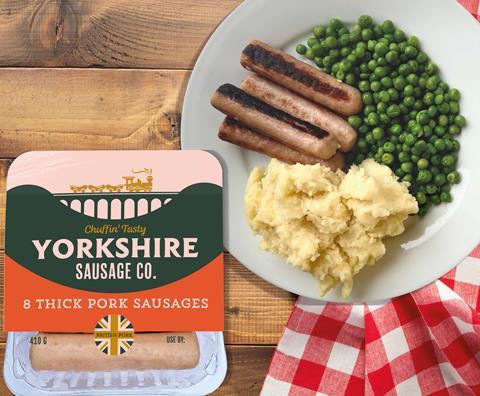
Heck’s response to the cost of living crisis was to launch this value tier brand, offering 410g of pork sausages for just £2. Yorkshire Sausage Co differs from Heck’s core recipe by virtue of its lower meat content of 42%. Still, the new brand – which went on sale in September across Tesco, Sainsbury’s and Morrisons – is “a great mainstream product, not a cheapo sausage”, Heck insists. The Northallerton supplier expects Yorkshire Sausage Co to be worth £10m by its second year in chillers.
Topics
The Grocer Top Products Survey 2022: How can brands stay in focus?
- 1
- 2
- 3
- 4
- 5
- 6
- 7
- 8
- 9
- 10
- 11
- 12
- 13
- 14
- 15
- 16
- 17
- 18
- 19
- 20
- 21
- 22
- 23
 Currently reading
Currently readingFresh meat, fish & poultry 2022: Very few real winners in meat and fish
- 24
- 25
- 26
- 27
- 28
- 29
- 30
- 31
- 32
- 33
- 34
- 35
- 36
- 37
- 38
- 39
- 40
- 41
- 42
- 43
- 44
- 45
- 46























![Cheese ]GettyImages-664658023](https://dmrqkbkq8el9i.cloudfront.net/Pictures/100x67/1/8/6/282186_cheesegettyimages664658023_540979.jpg)




























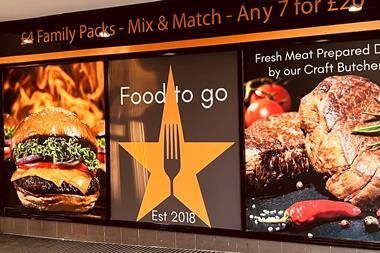
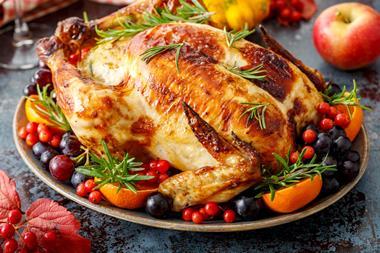
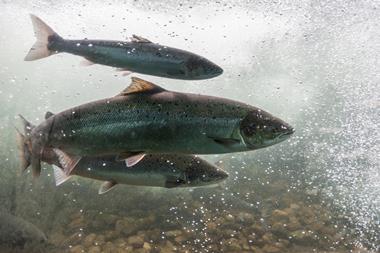
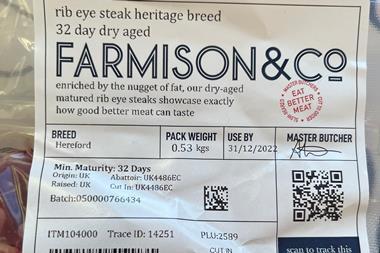

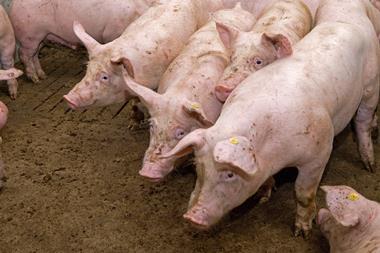






No comments yet